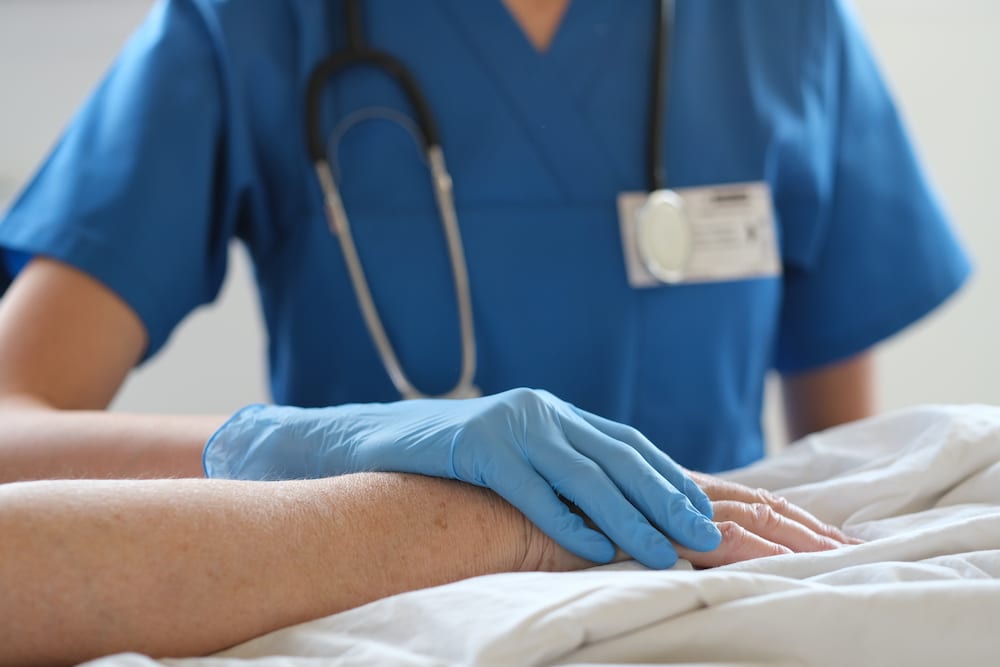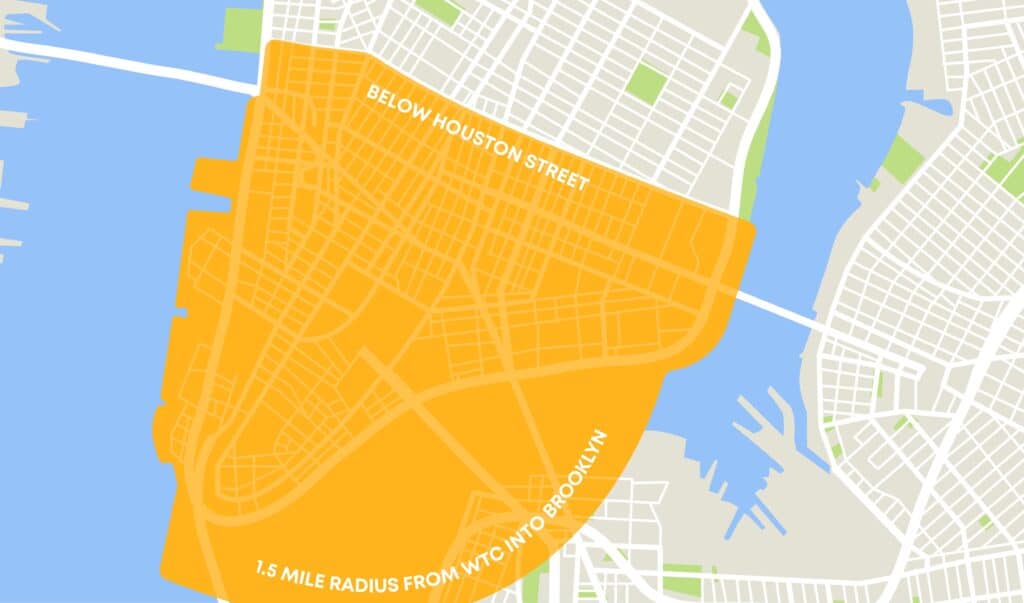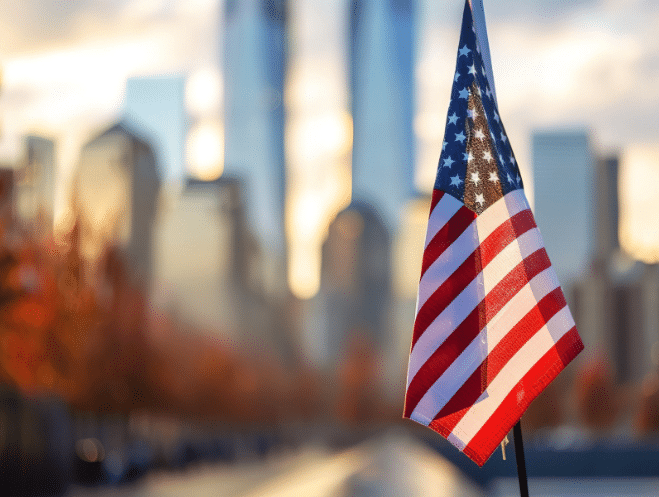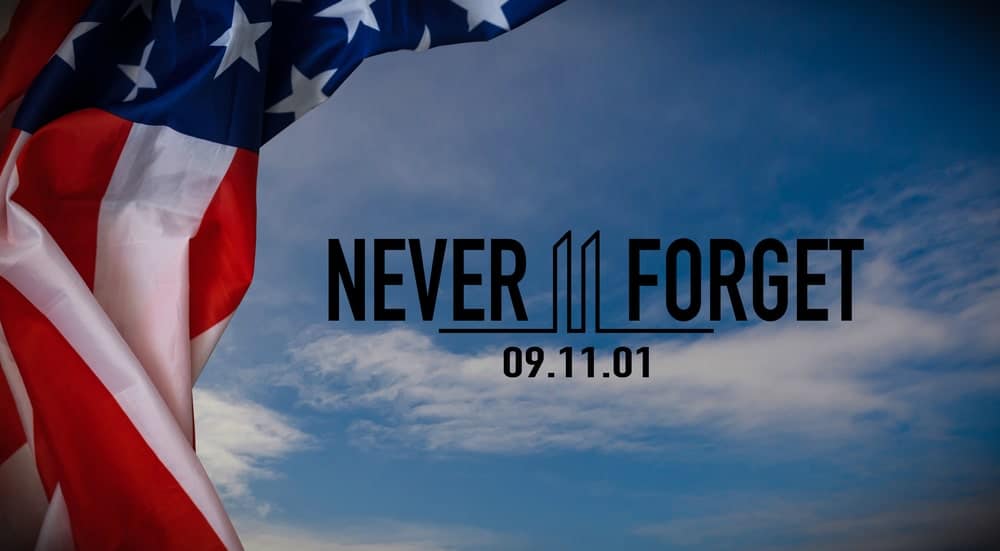
September 2021 marked the 20th anniversary of 9/11. Just as the World War II generation will never forget December 7, 1941—the day of the bombing of Pearl Harbor that brought the United States into the war—those who witnessed the attacks of on the World Trade Center, the Pentagon, and the plane crash in Shanksville, Pennsylvania will never forget what happened on September 11, 2001.
Today, there is a new, soaring building where the Twin Towers once stood—but there are still scars. The toxic dust plume rose more than .75 of a mile into the atmosphere, scattering harmful particles that ranged in size from 2.5 to 53 microns and invisible toxic gases throughout Ground Zero and beyond. For those who were exposed, there continue to be multiple links between 9/11 toxin exposure and health effects – including ongoing illnesses and medical conditions.
What 9/11 Toxins Exposure were found in the dust plume?
In 2011, ten years after the collapse of the World Trade Center, an article from Scientific American stated that “no one knows what was in the cloud of gases released by the combustion of all that jet fuel and building material but science has revealed what was in the dust—cement, steel, gypsum from drywall, building materials, cellulose from paper, synthetic molecules from rugs, glass fibers and human hair from the long decades of the two towers’ use, among other items.”
Just how toxic are those materials? Highly alkaline dust particles not only settled on surfaces, but were also “readily resuspendable by physical disturbance and low-velocity air currents.” The high pH levels of this alkaline dust means that “it’s extremely caustic and would be like inhaling powdered lye or Drano,” according to Dr. Philip Landrigan, dean for global health at the Mount Sinai School of Medicine in New York.”
In addition to the alkaline particles, the dust also contained dangerous heavy metals and metalloids, such as lead, mercury, cadmium, and arsenic, as well as asbestos. Add to that the class of chemicals known as persistent organic pollutants (POPs) which include polychlorinated biphenyl (PCB), dioxin, both highly toxic compounds that are known carcinogens and can also lead to damage to the immune system, reproductive, neurological, and developmental problems—as well as benzene, which attacks the production of red blood cells and interrupts blood levels of antibodies.
Exposure to the toxic dust cloud continues to have lingering effects on the
9/11 community
From the very beginning, there were nearly immediate adverse effects on people who were exposed to the dust cloud. According to an article on a NYC.gov website, “A month after 9/11, nearly 50% of people living near the WTC site who participated in a survey about their health needs and concerns said they had nose, throat or eye irritation. Respiratory hospital admissions increased significantly among lower Manhattan residents the first week after 9/11 compared with a similar demographic in Queens. Cardiovascular and cerebrovascular disease admissions also increased two to three weeks after 9/11…”
20 years later, more than 4,600 first responders and survivors of the attack enrolled in the World Trade Center Health Program (WTCHP) have died. Though it is hard to quantify how many of those deaths are a direct result of exposure to 9/11 toxins, the Scientific American article goes on to state that “the number of deaths among survivors and responders—who spent months inhaling the noxious dust, chemicals, fumes and fibers from the debris—has continued creeping up. Researchers have identified more than 60 types of cancer and about two dozen other conditions that are linked to Ground Zero exposures.”
In addition to acute and traumatic injuries (such as burns, fractures, eye injuries and similar) that were sustained during or as a result of the 9/11 attack, WTCHP continues to monitor and treat those enrolled in the program for a number of WTC-certified medical conditions, including:
- Airway and digestive disorders: Asthma, chronic cough (WTC cough syndrome), chronic laryngitis, chronic nasopharyngitis, chronic respiratory disorder—fumes and vapors, chronic rhinosinusitis, GERD, interstitial lung disease, new-onset and WTC-exacerbated COPD, reactive airway dysfunction syndrome (RADS), sleep apnea (if associated with another airway or digestive disorder), and upper airway hyperreactivity.
- Mental health conditions: Acute stress disorder, adjustment disorder, anxiety, depression, dysthymic disorder, panic disorder, post-traumatic stress disorder (PTSD), and substance abuse disorder.
- Cancers: Blood and lymphoid cancers (such as leukemia, lymphoma and myeloma); breast, prostate, ovarian, and urinary system cancers; colon and rectal cancer; skin and connective tissue cancers; respiratory system cancers (lung and bronchus); mesothelioma; childhood cancers (any cancer diagnosed in a person less than 20 years of age; cancers of the head, neck, and eye; and certain rare cancers.
It should be noted that the types of medical conditions certified as 9/11-related (and therefore covered under the WTHCP) have evolved over time and will likely continue to do so. For instance, a recent study by the researchers at Mt. Sinai have found evidence that there is a higher risk for the development of liver disease among the early responders at the World Trade Center attack and Ground Zero as a result of exposure to the toxic dust.
Access to care improves responder outcomes
There are higher survival rates for responders and survivors of the 9/11 attacks who get access to early care for 9/11-related medical conditions, including cancer.
A July 2021 study found that “9/11 first responders enrolled in the World Trade Center medical monitoring and treatment programs are 28 percent more likely to survive their cancer than the general population.” The study further states that “these results provide evidence that systematic health surveillance and treatment improves survival among cancer patients.”
The WTCHP provides “no-cost medical monitoring and treatment for certified WTC-related health conditions to those directly affected by the 9/11 attacks in New York, the Pentagon, and in Shanksville, Pennsylvania.”
Eligibility requirements to participate in the program vary, but survivors who have not yet enrolled are urged to do so to help protect their health.
Contact Weisfuse & Weisfuse, LLP Today
Help is available to those who continue to suffer physical or mental conditions related to the terrible events of September 11, 2001. To learn more about how Weisfuse & Weisfuse, LLP can help you get the medical benefits and financial compensation to which you may be entitled, call us or contact us by email to schedule a free consultation to discuss your needs and concerns. All consultations are completely confidential.

About Jason Weisfuse –
9/11 Victim Compensation Fund Attorney
About Jason Weisfuse –
9/11 Victim Compensation Fund Attorney
Jason E. Weisfuse is a seasoned 9/11 cancer attorney and managing partner at Weisfuse & Weisfuse, LLP, a New York City-based law firm dedicated to representing individuals affected by the September 11th attacks. Since the establishment of the September 11th Victim Compensation Fund (VCF), Jason has been instrumental in assisting first responders, survivors, and families in securing the compensation and medical benefits they deserve.
With a Juris Doctor from New York Law School (2009), Jason brings extensive experience regarding the 9/11 Victim Compensation Fund to his practice. His deep understanding of the VCF and the World Trade Center Health Program (WTCHP) has enabled him to navigate complex claims processes effectively, resulting in substantial awards for his clients.
Jason’s commitment to the victims in the 9/11 community is evident through his active involvement in professional organizations such as the New York State Trial Lawyers Association and the American Association for Justice. He has also contributed to legal discourse with publications in the New York Law Journal, reflecting his dedication to legal excellence and advocacy.
At Weisfuse & Weisfuse, LLP, Jason continues to provide compassionate and knowledgeable representation, ensuring that those affected by 9/11 receive the support and compensation they are entitled to.







